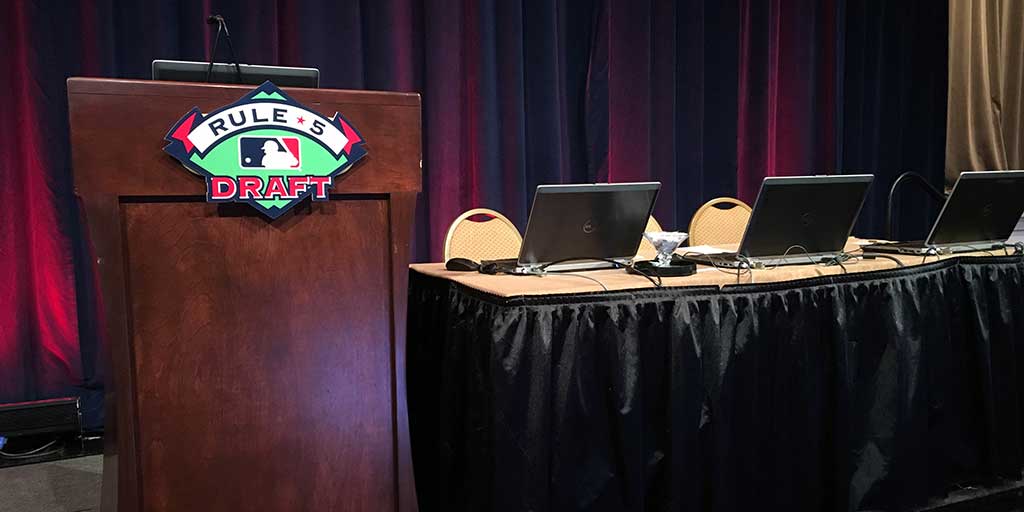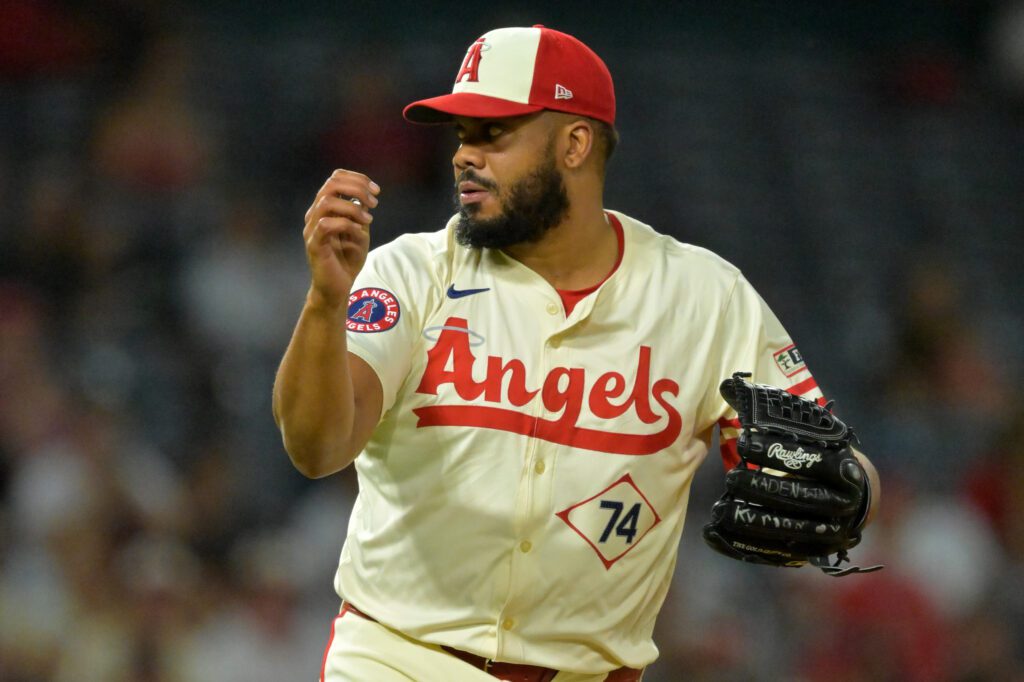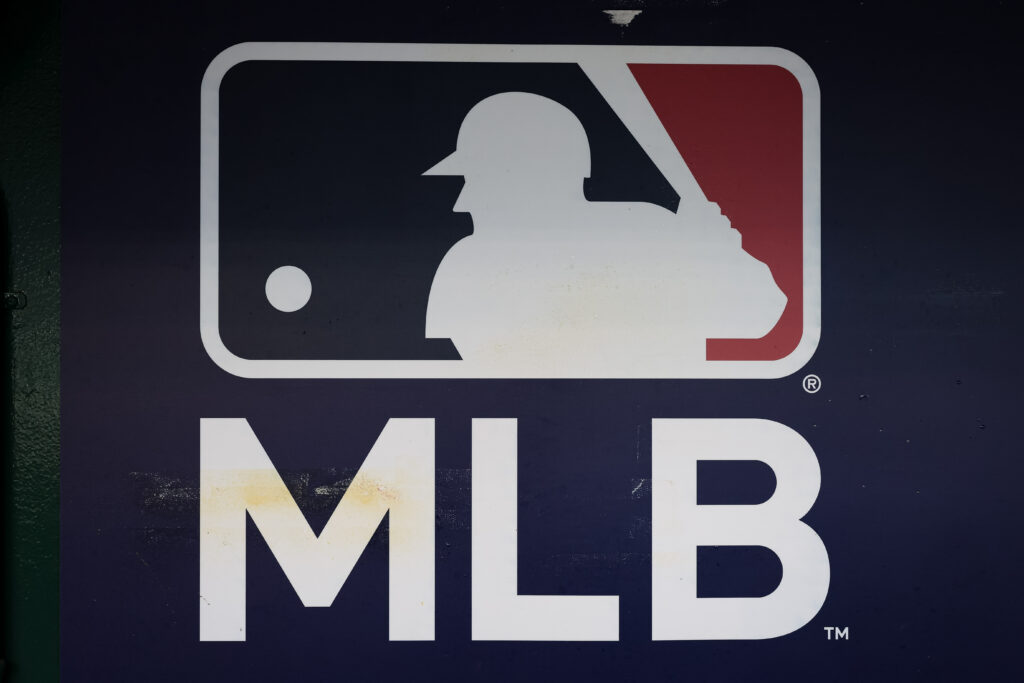The Houston Astros are the 2022 World Series champions and now the MLB offseason is well underway. It can be a confusing time for the casual baseball fan, so today I will be explaining three key MLB offseason terms. Free agency essentially works the same in all sports, so there will not be an explanation of that here, but I will be explaining the Rule 5 Draft, a player being designated for assignment (abbreviated as DFA’d), and arbitration/service time. Without further ado, let’s dive into these MLB offseason terms.
Explaining 3 MLB Offseason Terms
Rule 5 Draft
Every winter, usually held during the annual Winter Meetings, MLB holds a draft in which teams can select players from other teams’ minor league systems. In order for a player to be eligible to be drafted in this way, the player must have already accrued four years in the minor leagues if they were signed at the age of 19 or older, or five years if they were signed at the age of 18 or younger. They must also not be on their respective team’s 40-man roster at the time of the draft.
Upon selecting a player in this manner, the team that has drafted the player must pay their original organization $100,000 and is immediately placed on the new team’s active 26-man roster. The player must spend all of the following season on his new team’s active roster, or be subject to being placed on the outright waiver wire. Should the new team still want him off of their active roster and the player has cleared waivers, he must now be offered back to his original team for $50,000 and can only be sent to the minors if the original team declines that offer.
The Rule 5 Draft is essentially another way for minor league players to make the big leagues if the club that originally signed them does not have an available spot for them on their active roster. Examples of recent Rule 5 Draft picks include Akil Baddoo by the Detroit Tigers and Zach Pop by the Arizona Diamondbacks.
176 players on Top 30 Prospects lists needed to be added to their team's 40-man roster by last night's deadline or become eligible for the Rule 5 Draft.
76 were protected, 100 were not.
Here's a complete look: https://t.co/1LebnYTday pic.twitter.com/FDtOtXFUNs
— MLB Pipeline (@MLBPipeline) November 16, 2022
Designated For Assignment
The common misconception about a player being designated for assignment (DFA’d) is that they are being released, however, that is not always the case. In order for a team to remove a player from their 40-man roster, they must DFA said player. After being DFA’d, the team has seven days to find a trade or place the player on irrevocable outright waivers. If the player clears waivers, he can then be optioned to the minor leagues even if he does not have any options remaining.
The most common time a player is DFA’d is when a team has a new player coming into the system via trade or free agency and they do not have an available spot on their 40-man roster. A player can be released after being DFA’d, but they are generally traded, claimed off of waivers by another team, or sent down to the minors.
Arbitration/Service Time
We now arrive at a combination of explanations in arbitration and service time. These two go hand-in-hand so it is very germane to explain them both together, starting with service time.
The MLB season consists of 187 calendar days in which a player gains one day of service time for every day spent on a team’s 26-man active roster or an MLB injured list. If a player reaches 172 days of service time, they are said to have one year of service time. Once a player reaches six years of service time, they become eligible for free agency. However, once they reach three years of service time, they become eligible for salary arbitration.
Once eligible for salary arbitration, the player and their club can negotiate a salary for the said player for the following season. Should they not come to an agreement by a deadline that is generally mid-January, they must then submit their respective salary figures to be decided upon by a group of impartial people referred to as arbitrators. This panel listens to arguments from both sides and then decides on which salary figure is more appropriate for the player’s worth and abilities.
Teams and players can still negotiate between the deadline in mid-January and the arbitration hearing and can even come to an agreement on a contract that would nullify the need for their hearing. But if an agreement is not made by the time of the arbitration hearing, the panel’s decision is final and is that player’s salary for the upcoming season.
These have been just a few of the many terms and periods of the MLB year. Sound off in the comments if there is more that you would like explained!
Follow me on Twitter @LWOSTroyBrock and follow @LWOSports for all your sports takes, debates, and new article updates!



